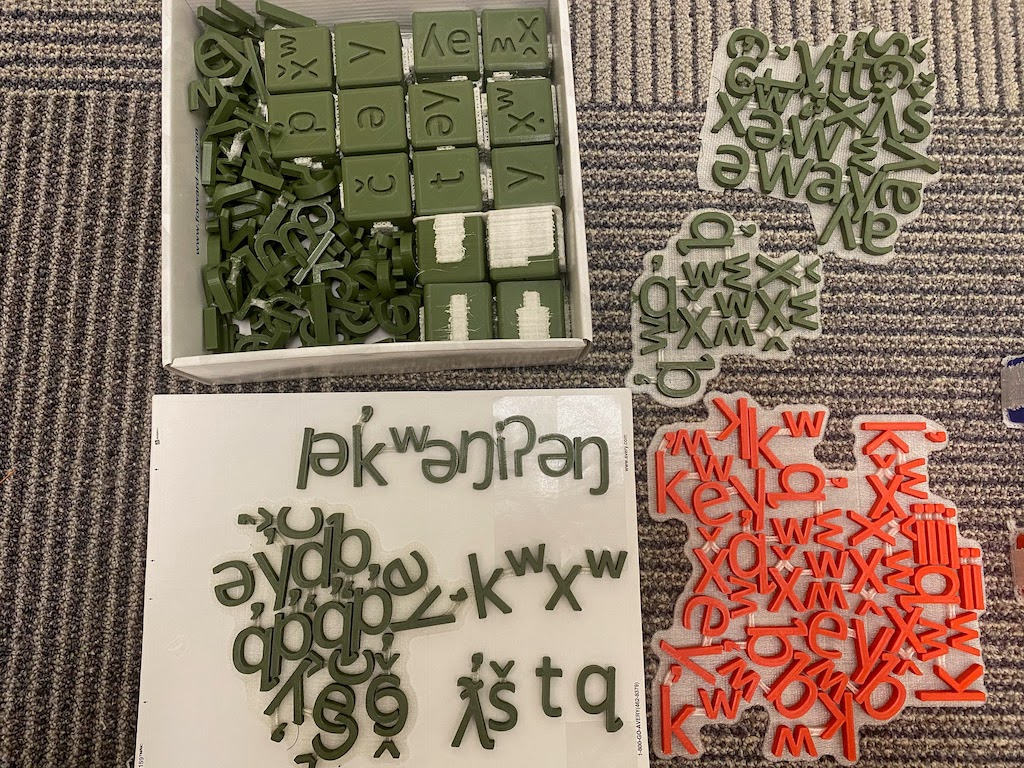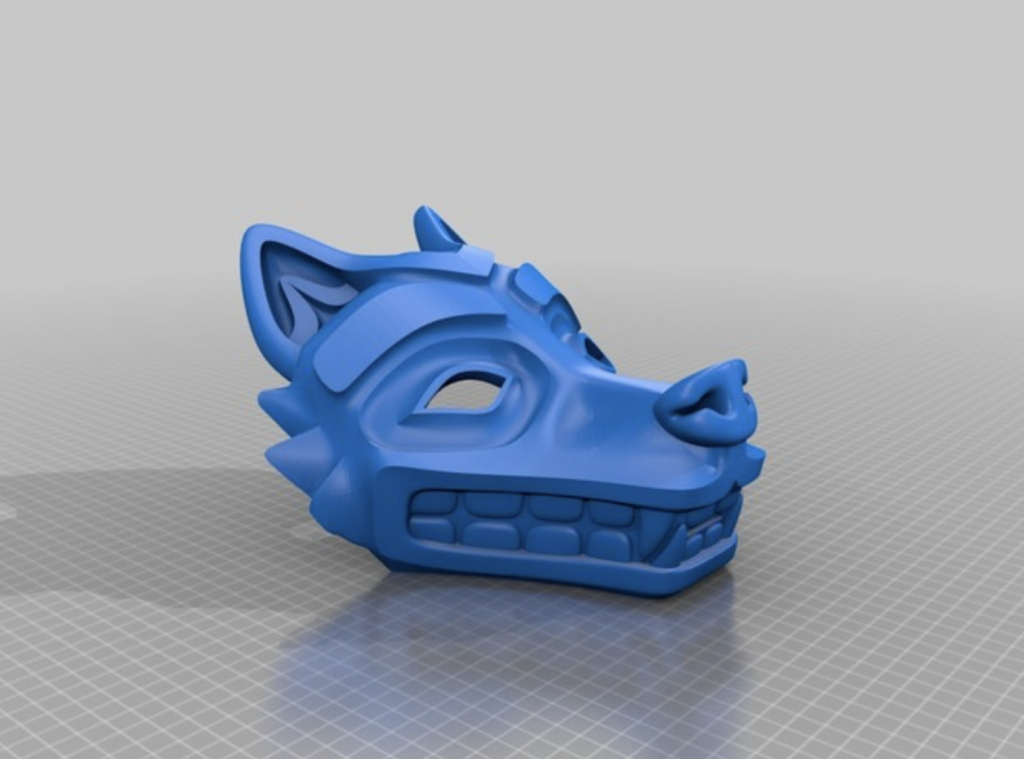Welcome to Topic 5 of our class! Today, we will discuss different ways that 3D Design & 3D Printing might be helpful as pedagogical tools, depending on the ages and resources available to you in your classroom. While 3D printing is very cool and could provide learners with useful skills, we should always keep in mind that there are often lower-tech tools and materials that could achieve similar learning objectives.
Topic 5 Learning Objectives
- Describe possible cross-curricular active learning opportunities for 3D Design & 3D Printing
- Create one or more 3D objects using the TinkerCad web application
- Complete at least one 3D design activity for geometry at the grade level you hope to teach at
- Export 3D models to STL format suitable for 3D printing
- Understand the procedures for printing on the DSC printers, including how to submit a print job and pay for it
Class Time
Why 3D Design and Print in K-12 Education?
- Active Learning: One of the great things about 3D Design is that is inherently an active learning activity, as long as everyone in your class has access to a laptop that is. Get learners actively engaged in skill development for as much time as possible as soon as possible. “Learning is not a spectator sport!”
- Choice in Learning: Learners should be given as much choice as possible during the activities so that the instruction can meet their needs as closely as possible. If possible, encourage students to use solve a problem to solve, or pursue a passion. As much as possible avoid leading your students on a Forced March through the curriculum (aka lots of traditional lecturing).
- Differentiated Learning: If possible, allow participants to work at their own pace, and customize the instruction so that participants can get out of it what they need or want.
- Cross-Curricular: 3D Design and Printing can be naturally integrated into other subject areas as diverse as Math, Geometry, Language Arts, and History/Culture.
3D Printing to Support Language Revitalization

The UVic Libraries’ Digital Scholarship Commons partnered with the Esquimalt Nation language revitalization program and the W̱SÁNEĆ high school to help create refrigerator magnets letters and play blocks to help younger language learners have access to some of the same types of manipulatives that people learning the English or French languages have access to.
Here is where you can find the SENĆOŦEN letters and blocks models (the DSC does not have permission to make the lək̓ʷəŋən letter and block models public, but please contact Rich McCue if you are interested in them and he will put you in touch with our contact at the Esquimalt Nation language revitalization program). If you have access to a 3D printer, you can print letter and block sets on your own.
Reflection Activity
Please write down on a piece of paper your thoughts and reflections on the following questions:
- How might 3D Design & Printing be a useful pedagogical tool for your students?
- What are some potential problems or pitfalls you might encounter when using 3D Design & Print in K-12 classrooms?
- In your mind, what are the 1 or 2 major benefits and 1 or 2 major negative considerations when potentially using 3D Design & Print activities in your classroom?
Hands-on Lab Time
- Please complete one or more activities in the following 3D Design and Print workshop (40 min): lib.uvic.ca/3d
- Next complete this cross-curricular 3D Design activity for math: lib.uvic.ca/336-3d-math
Learning Pod & Blog (30 min)
Write your Weekly blog post to document your learning in class and to document progress on your inquiries (incorporate audio, video, and screen video capture into your blog posts this week).
Please include the following (or make your own critical evaluation of this topic or technology):
- Describe possible cross-curricular active learning opportunities for 3D Design & 3D Printing -OR- Describe how 3D Design & Printing could be used for language revitalization
- What are the potential pros and cons of using 3D Design and print at the school and grade levels you hope to teach at?
- Include a screenshot of one of the 3D Designs you made during the workshop
- Submit your blog post to the class BrightSpace website using the Topic 5 assignment page.



Leave a Reply